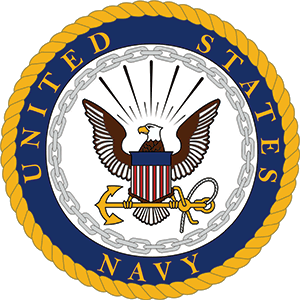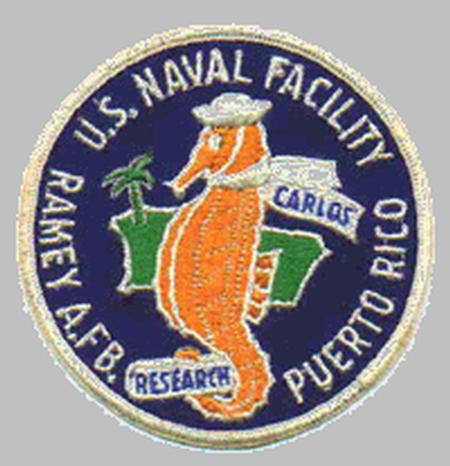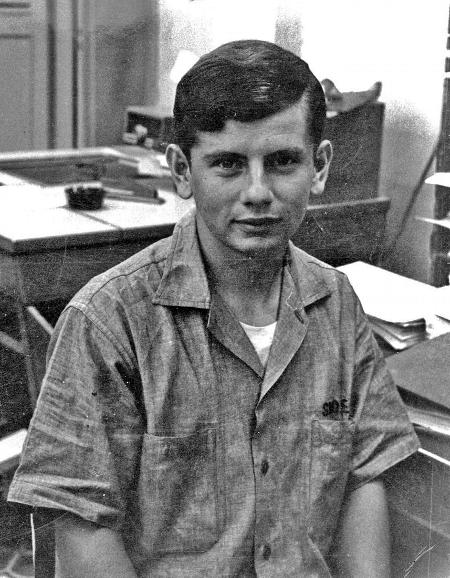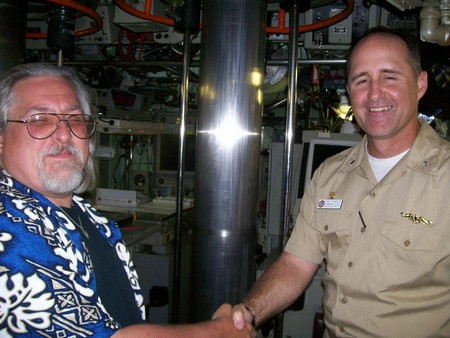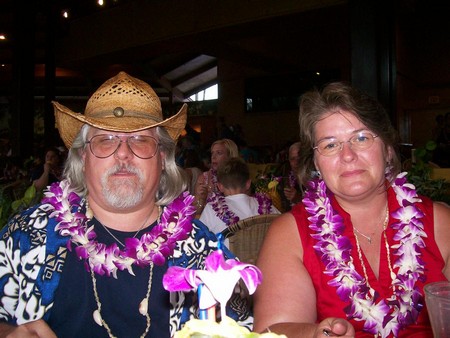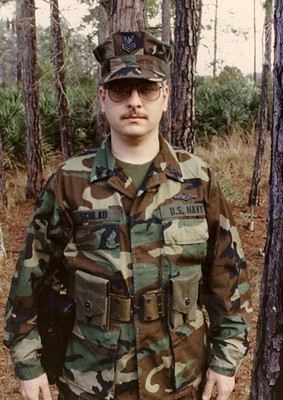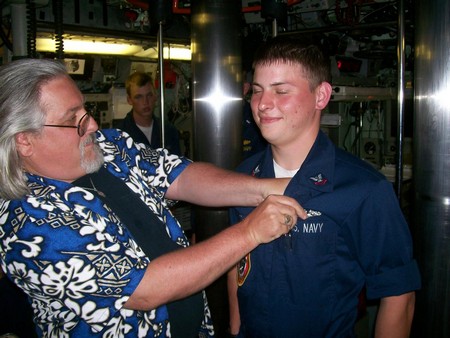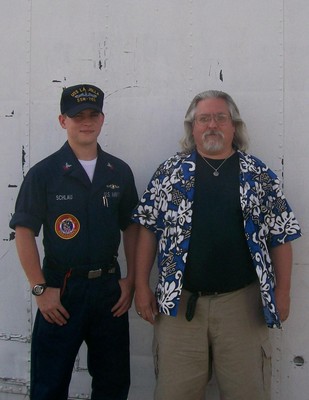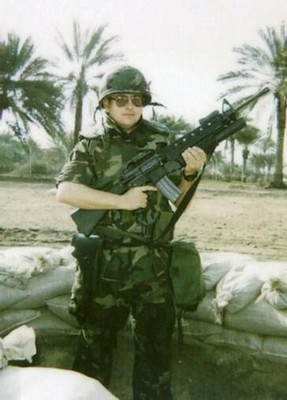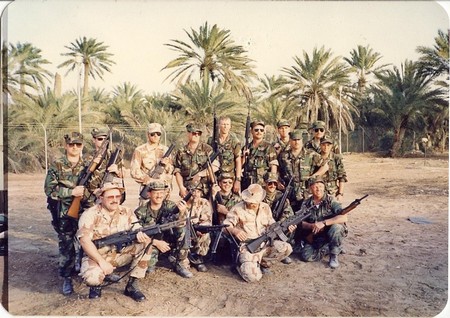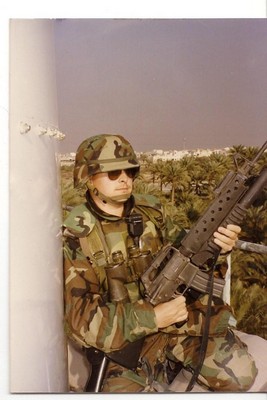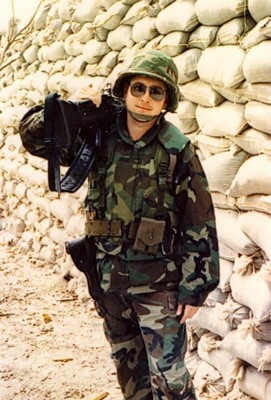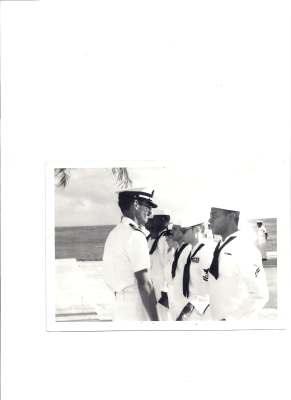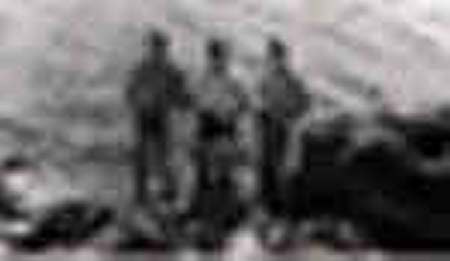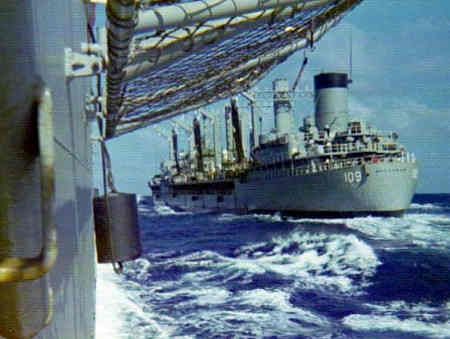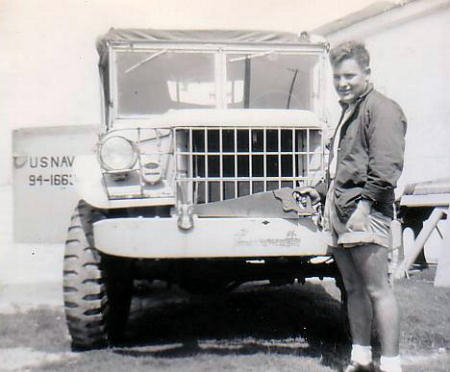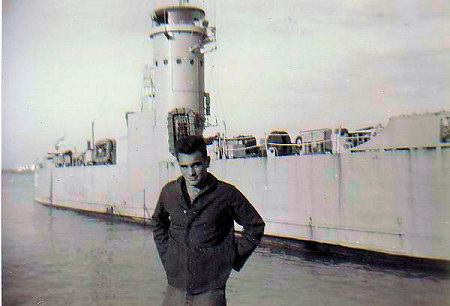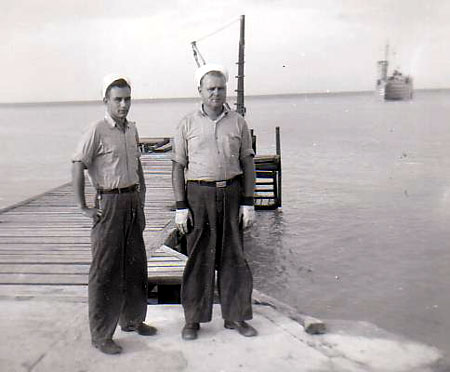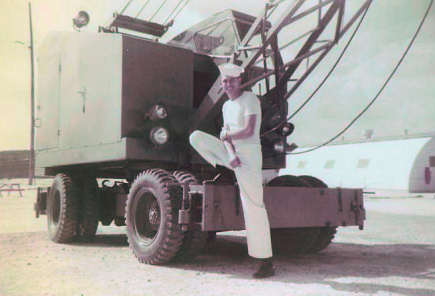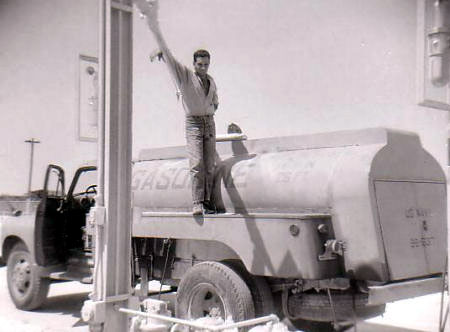ABOUT NAVFAC, BERMUDA
- Strategic Location: NAVFAC Bermuda was a U.S. Navy facility situated on the western end of Bermuda, at Tudor Hill, making it a vital site for monitoring Soviet submarine activity in the Atlantic during the Cold War.
- Part of SOSUS Network: NAVFAC Bermuda was one of several Naval Facilities that formed the Sound Surveillance System (SOSUS), a top-secret underwater listening network to detect and track submarines.
- Operational Years: NAVFAC Bermuda was commissioned in 1955 and operated until its closure in 1992, serving for nearly four decades at the height of U.S.-Soviet tensions.
- Undersea Cables: The facility was connected to arrays of hydrophones on the ocean floor via undersea cables, enabling long-range detection of submarine movements across the Atlantic.
- Secrecy and Cover Story: The true mission of NAVFAC Bermuda was classified for decades; personnel often claimed to be engaged in "oceanographic research" rather than anti-submarine warfare.
- Contribution to Cold War Victories: Intelligence gathered at NAVFAC Bermuda contributed to the tracking and deterrence of Soviet nuclear submarines and played a role in several Cold War naval operations.
- Community Life: The base was home to U.S. military families, hosting events, schools, and social clubs, creating a small American community on the island.
- Decommissioning and Legacy: The facility was decommissioned in September 1992, with much of its technology and mission still classified; its closure was part of a wider post-Cold War military drawdown.
- Environmental Impact: After closure, the site was returned to the Bermuda government, which later faced environmental remediation issues due to fuel and chemical contamination from decades of military use.
- Historic Ruins: Today, remnants of the facility—including bunkers, antenna towers, and buildings—remain at Tudor Hill, and the site is sometimes explored by urban explorers and military history enthusiasts.

